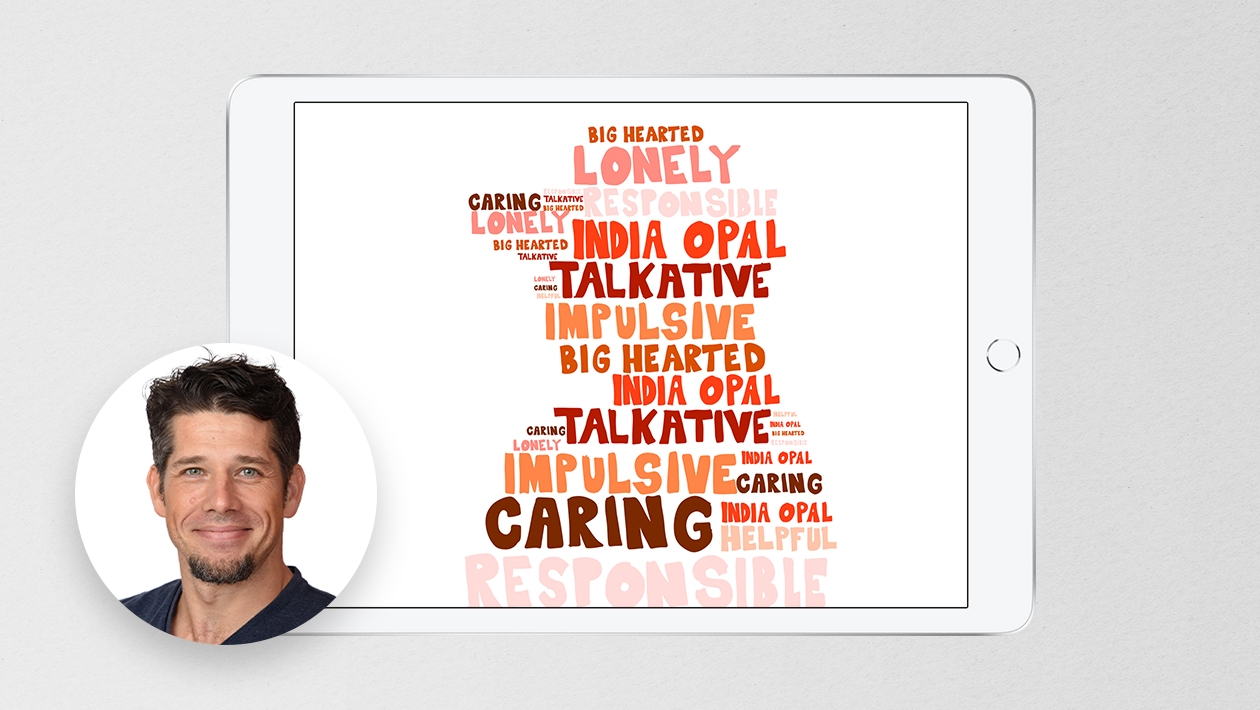If you are in education, you are probably talking about generative AI. If you have any influence over young people, you are probably worrying about AI. I teach English to senior students and we have put AI firmly on the table. We discuss the merits and the dangers of using AI. But mostly, I am intrigued to discover the way that students are approaching the generative AI conversation.
One of my year 13 students said that she does her work, then runs this work through the likes of ChatGPT, along with the marking rubric. She uses the prompt: Have I used the rubric successfully? This gives her an analysis of her work before submission. Other students have said that they use AI to help organise their ideas and lean into the structure that can be generated. I thought these were all pretty good ideas.
Few, however, were using this technology in a creative way.
We are currently doing a fiercely personal piece of writing with our seniors. Creative writing comes naturally for some and their ideas appear to flow onto the page. However, others are slogging and wading through their words, with their stuttering stories haltingly appearing on the page. I admire their persistence and dogged determination. And I am under no illusion that they will ultimately get Chat GPT or something similar to do a final check for them. I know this with certainty because they include me in their writing process.
But what about the creativity? And literacy? I have another class of students who have recently studied a New Zealand short story. We have done some of the conventional Q&A; creative tasks and discussions. And then we will introduce some AI fun.
To do this, I have got them working with Magic Studio in Canva. Instead of the conventional character analysis, we'll thoughtfully use this technology.
As a class, we have established which characters stood out and why. We have discussed the inferred meaning of the symbols used in the writing. And we have looked at the impact language has on our understanding and enjoyment of the text. Our next step will be to show these ideas visually, using generative AI media.
To trial and essentially model my thinking, I used Sketch to Life in Canva and had a load of fun. My end product is not pretty. I imagine my students will come up with much better products. The process of going from a simple (very simple!) sketch to a completed picture was quick and seamless. My aim is for the students to talk about and engage with aspects of the story, and then show evidence of their understanding through the pictures they generate.
Once they've created the essential elements, namely characters, settings and symbols, they can go on to create an overview of the message or theme of the story.
I believe that we should be excited by the potential of this technology. Generative AI can be used in so many ways, not simply as a word processor. We can enhance both literacy and creativity by tapping into the tools that are available. But to do this ethically and responsibly, we need to bring the students into the conversation and place AI firmly onto the table.













March 07, 2024 . English
English
Thanks Linda for your story and for another thoughtful and interesting way to teach students about AI. We often struggle with how to have our students understand the potential as well as the downside.
This action is unavailable while under moderation.
This action is unavailable while under moderation.